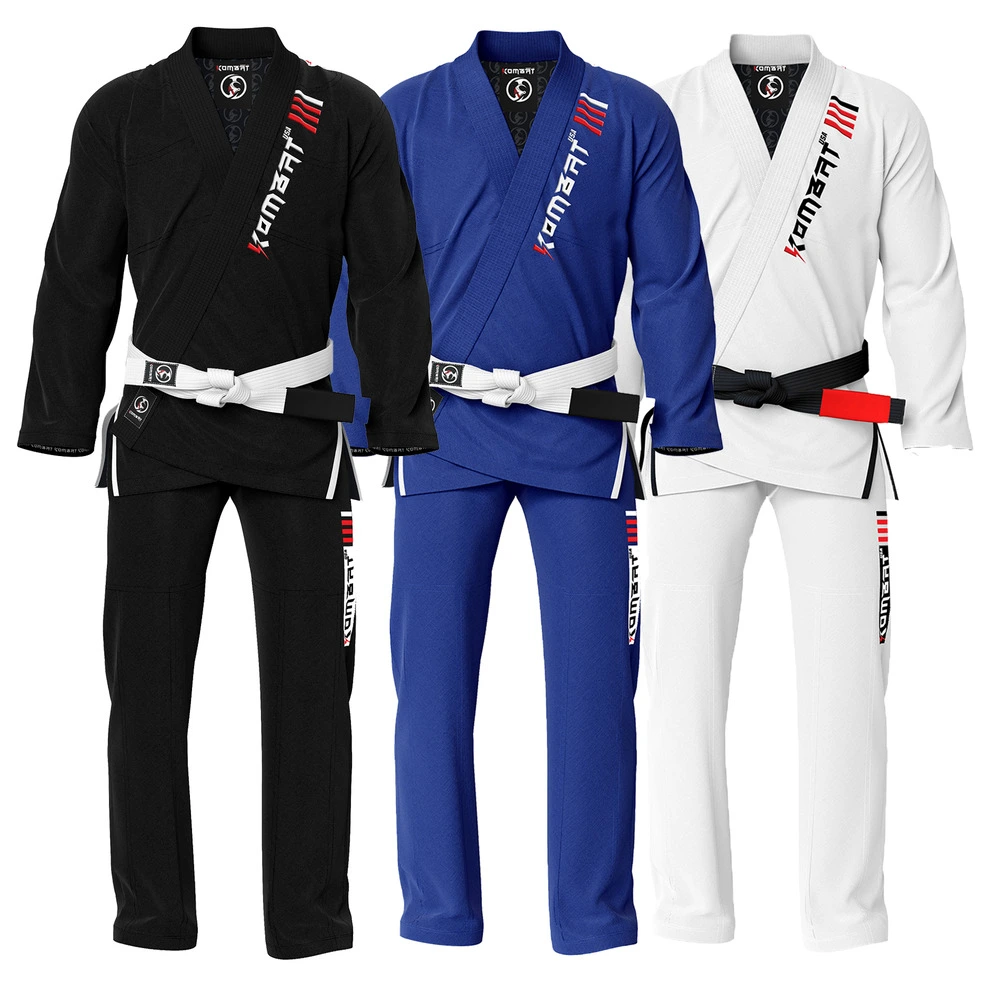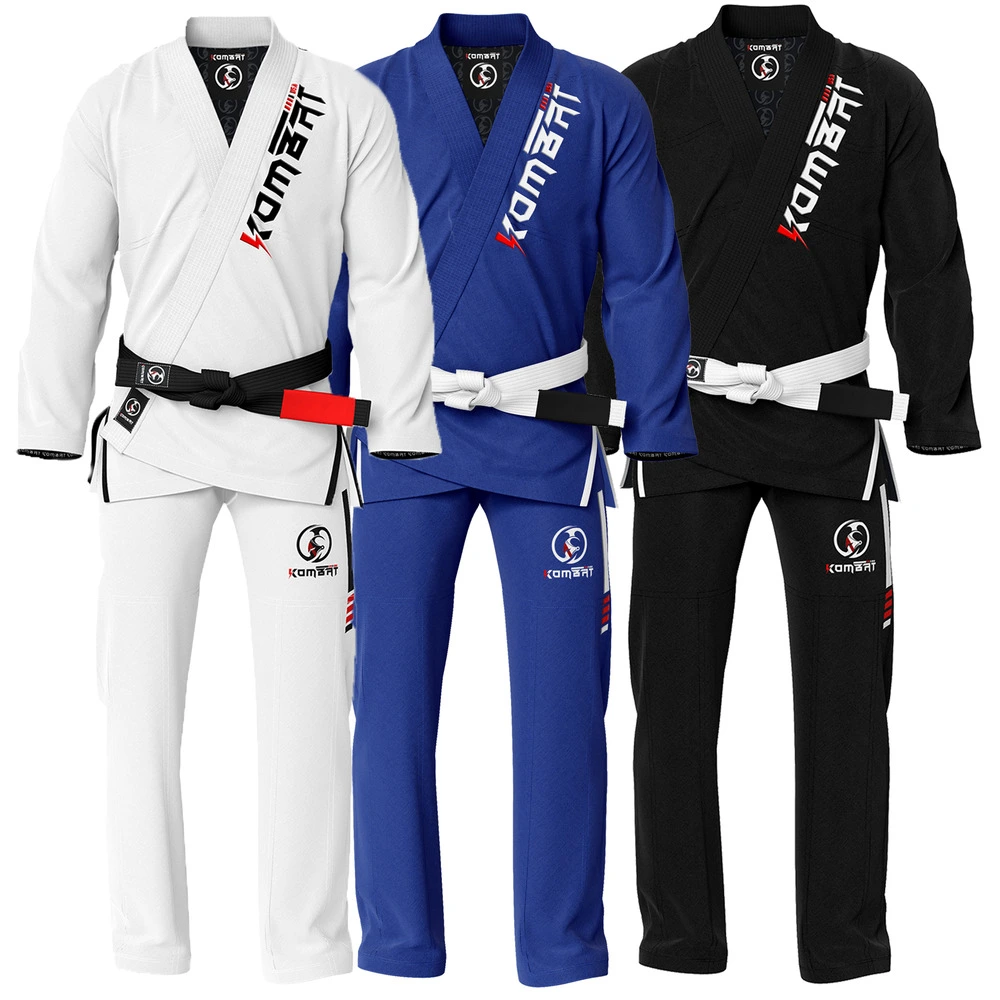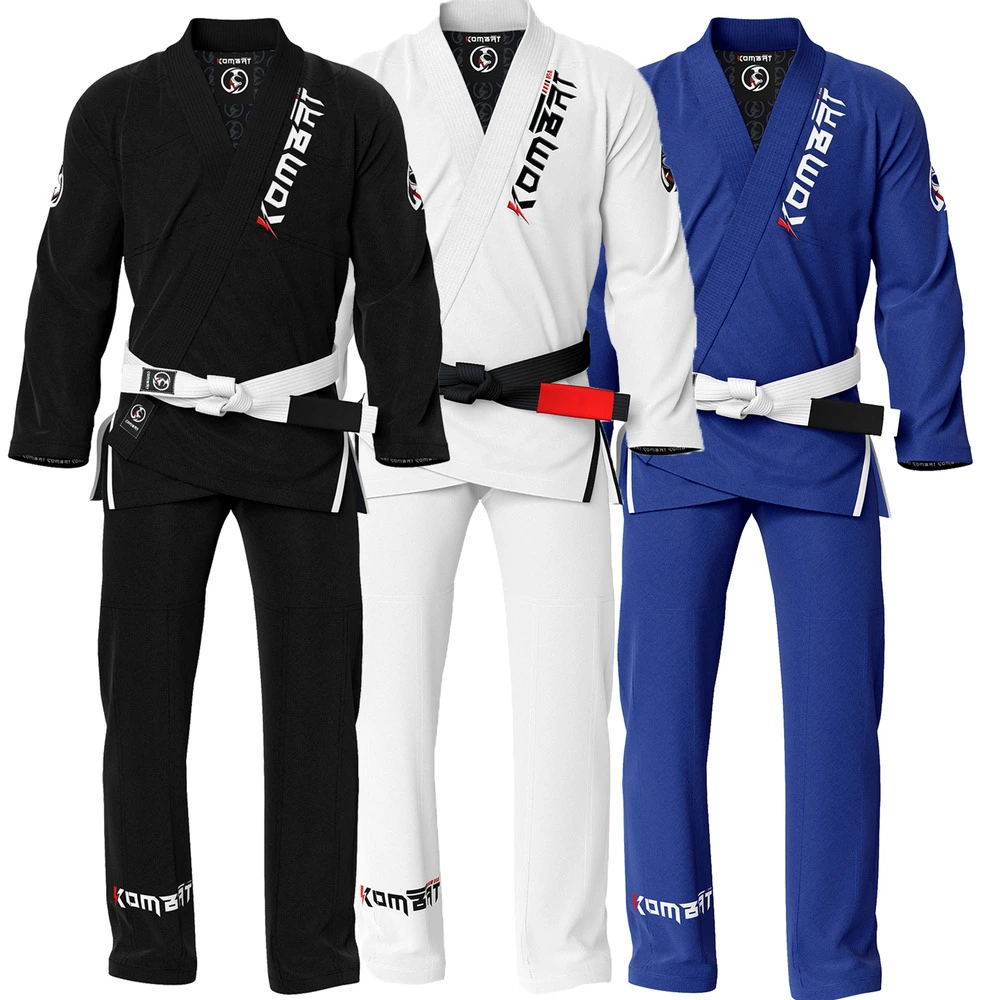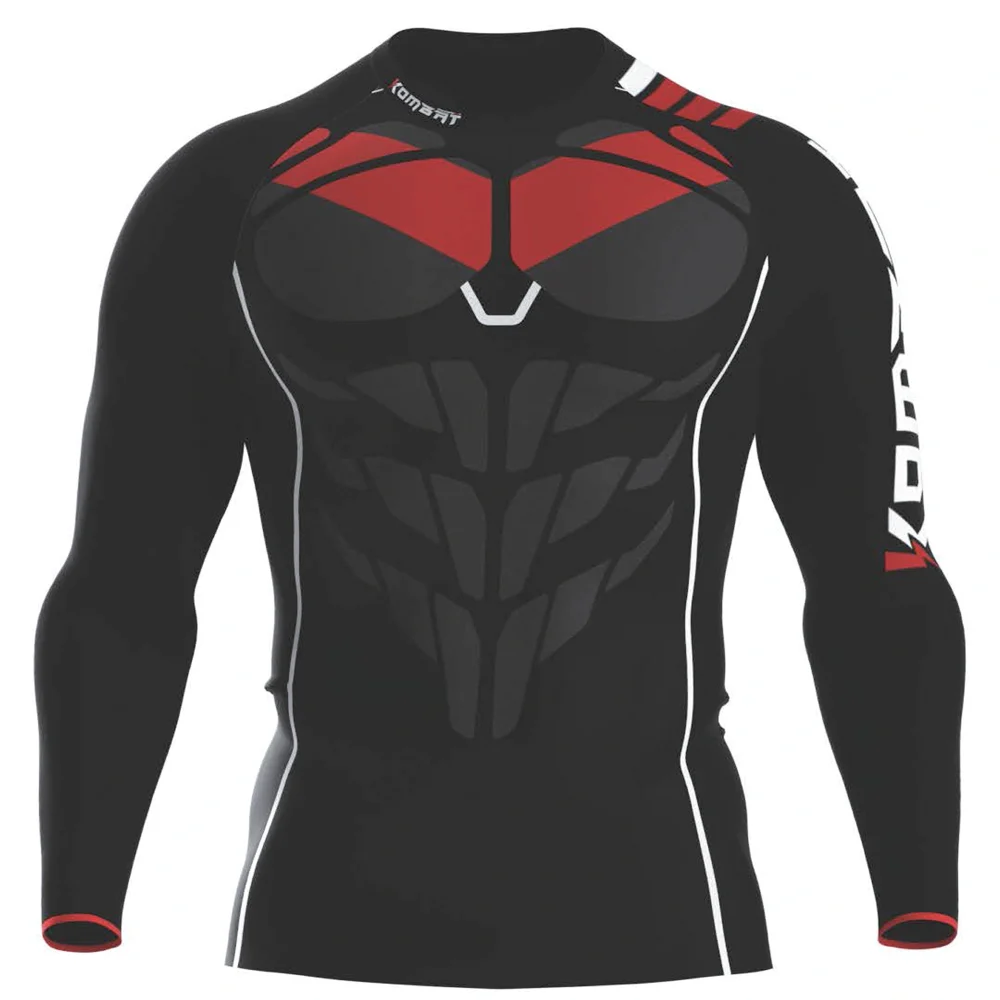Brazilian Jiu Jitsu has gained huge popularity among the public. It is equally famous among adults and kids. Jiu Jitsu is a martial art that does not emphasize strength like judo or Muay Tai. Instead of punching out or attacking your opponent, jiu-jitsu focuses on using that person’s strength against them.
Jiu-jitsu, which has its roots in medieval Japan, was eventually brought to Brazil in the mid-1990s when it gave rise to Brazilian Jiu-Jitsu (BJJ). However, the Gracie Family made the Jiu jitsu popular and introduced it to the general public. Brazilian Jiu-Jitsu has evolved into two distinct forms of grappling throughout the years:
Fighters who practice Brazilian Jiu-Jitsu frequently dress in kimonos, also known as gis. Those that practice No-Gi won’t be donning one. To evaluate which BJJ style is best for self-defense training and tournaments, we’ll compare Gi and No-Gi BJJ.
Overview of Brazilian Jiu-Jitsu
The fighting sport and self-defense discipline, Brazilian Jiu-Jitsu (BJJ), is based on ground fighting, grappling, and submission moves. BJJ focuses on dominating the opponent by taking control of the situation and applying various chokeholds or joint locks to subdue them.
The Brazilian brothers Carlos, George, and Helio Gracie are credited with creating and perfecting Brazilian Jiu-Jitsu in the 1920s. In 1917, Carlos received training in traditional Kodokan Judo from a visiting Japanese judoka named Mitsuyo Makeda. The Gracie brothers subsequently developed their special kind of self-defense, known as Gracie Jiu-Jitsu.
Due to improved techniques and training methods and the incorporation of elements from Gracie Jiu-Jitsu and judo, BJJ emerged as a unique combat sport. BJJ became well-known worldwide due to governing bodies like the IBJJF, which included it as a crucial component of martial arts in MMA.
Lightening PRO V1.0
Thunder COMP PRO V1.0
Fearless COMP V1.0
What Distinguishes Gi From No-Gi Jiu-Jitsu?
The clothing is the main difference between jiu-jitsu Gi and No-gi jiu-jitsu. The cotton gi, also known as a “kimono,” is the typical athleisure for BJJ gi. The basic components of a gi are a heavy cotton jacket with a thick neckline, drawstring pants, and a cotton BJJ belt with a color that corresponds to your rank.
You’ll be sporting a rashguard top and board shorts similar to those you’d wear to the beach or pool in place of a gi if you choose no gi bjj. Alternatively, you might wear spats or leggings over your shorts. The majority of BJJ apparel is made of elastic materials like polyester.
Distinctive Clothes
Wearing a gi or kimono is the key differentiator between Gi BJJ and No-Gi. Gi jiu-jitsu competitors dress in a set called a gi, which consists of thick cotton pants, a jacket, and a colored belt that indicates their current rank. The uniform is useful while rolling and executing many moves, including throwing and grappling, so it isn’t only for show. The majority of No-Gi professionals cover their shorts with rash guards and leggings.
No-Gi jiu-jitsu practitioners say it is simpler to understand and has more immediate applications. You will hardly see any person wearing traditional Japanese kimonos. Using Gi BJJ will make you appear to be a serious threat in a real street fight.
Various Techniques
Gi and No-Gi styles utilize a lot of the same techniques. When it comes to how you implement these ideas while rolling, they are, nevertheless, poles apart. Gi BJJ training will initially teach you how to grab your opponent’s shirt and pants. The most popular grips are those that hold the collar or sleeves because they help you control your opponent or position yourself for submission.
Additionally, wearing a gi during a fight causes a lot of friction, especially when sweating. This can slow down the fight’s progression and force both fighters to concentrate on technique rather than relying on strength or speed to prevail. In Gi BJJ, you must be more disciplined and plan ahead of your opponent than in No-Gi BJJ.
The fight’s tempo can be slowed down with No-Gi BJJ techniques, in contrast to Gi BJJ. To win, you must employ wrestling-based strategies and pay close attention to how your body moves, your balance, and how you utilize your hands. No-Gi is also a more effective style because there is less friction from bulky garments.
Different Rules
Both Gi and No-Gi jiu-jitsu events have different rules. For instance, while many No Gi BJJ contests, such as ADCC, allow heel hooks, this technique has been outlawed in IBJJF Gi BJJ championships. Several competition categories have varied restrictions, but Gi BJJ contests have more stringent regulations regarding the kinds of allowed submission techniques. Before you choose to participate in any jiu-jitsu events, you need to understand the regulations carefully.
Attacking And Defending
Gi BJJ’s offensive techniques rely on gripping the gi’s material. Training in a BJJ gi is necessary to develop one’s skill set. A jiu jitsu gi aids combatants in taking control of the battle, setting up takedowns, and regaining the upper hand. Take a look at the Rafael Lovato Jr. American BJJ legend video clips. Gi is significant.
The spider guard is a prime example of a position utilized in Gi BJJ. With the open spider guard, you can use your legs and arms to lock your opponent’s arms. Start by curling your legs around such that the soles of your feet are between your opponent’s biceps and forearms and grabbing both of their BJJ gi’s sleeves.
Move to the side to improve the level of control through the body posture once you have the first hold of your spider guard in place. Your upper leg should extend upward, your lower leg bowed, and your elbows must touch your knees as you move to the side.
Like the spider guard, Gi BJJ guards may offer people who want to focus solely on Gi BJJ a superior technique to subdue the opponent. This is also true for submissions, particularly when a stranglehold or lapel grasp is the intended result.
Gi BJJ Pros And Cons
Pros
• Gi BJJ offers sweeps, submissions, and related techniques.
• Some gyms have more Gi classes than No Gi classes each week because there are more surfaces to grip onto, and friction is more difficult to create without a high degree of competence.
Cons
-
- Your gi’s friction can lead to poor submission techniques.
No-Gi BJJ Benefits And Drawbacks
Pros
-
- You can become more offensive if you don’t wear a gi bjj. Since there is less loose fabric for you to grip onto and less friction, which forces you to refine your body positioning.
- More relevant to MMA Instruction
Cons
-
- Due to the lack of grips and friction involved with No-Gi BJJ, it is less effective as a self-defense technique.
-
- There aren’t many gyms that only provide No-Gi instruction.
Man Full Sleeve R/Guard knight Wing
Focus on One Area But Study Both
The benefits of studying both Gi and No-Gi BJJ are numerous. Gi BJJ teaches you how to maintain control in any situation and consistently enhance your grip. You will learn in No Gi BJJ not to rely on holds as you cannot find gi for gripping.
Making Gi BJJ your primary emphasis for most of your training is the finest thing you can do if you’re a fan of the BJJ style. To diversify your training, including at least one day of No-Gi BJJ practice. You are still learning grappling, regardless of the style you are using. Also, learning both of these BJJ techniques will help you become a better performer in general.
Powerful in Self Defense
There are different viewpoints on jiu-jitsu, but most people agree that the art was initially practised in a traditional gi for self-defense.
In any case, streetwear has changed since jiu-jitsu was introduced to Brazil in the late 1800s and early 1900s, and many today believe that Gi BJJ is inappropriate for self-defense. Eddie Bravo, the creator of the No Gi jiu-jitsu organization 10th Planet Jiu-Jitsu, thinks that No-Gi is a more effective self-defence style.
Others, like Chewy from the well-known YouTube channel Chewjitsu, agreed that a gi is essentially just a jacket and pair of pants. It makes it a more genuine costume than the spandex used in No-Gi BJJ.
In A Nutshell
It is crucial to realize that Brazilian Jiu-Jitsu encompasses BJJ Gi and No-Gi styles. Both techniques for self-defense are very effective. Both are effective strategies for boosting your self-assurance. It is entirely up to you which one you want to pursue in your jiu-jitsu career.


















